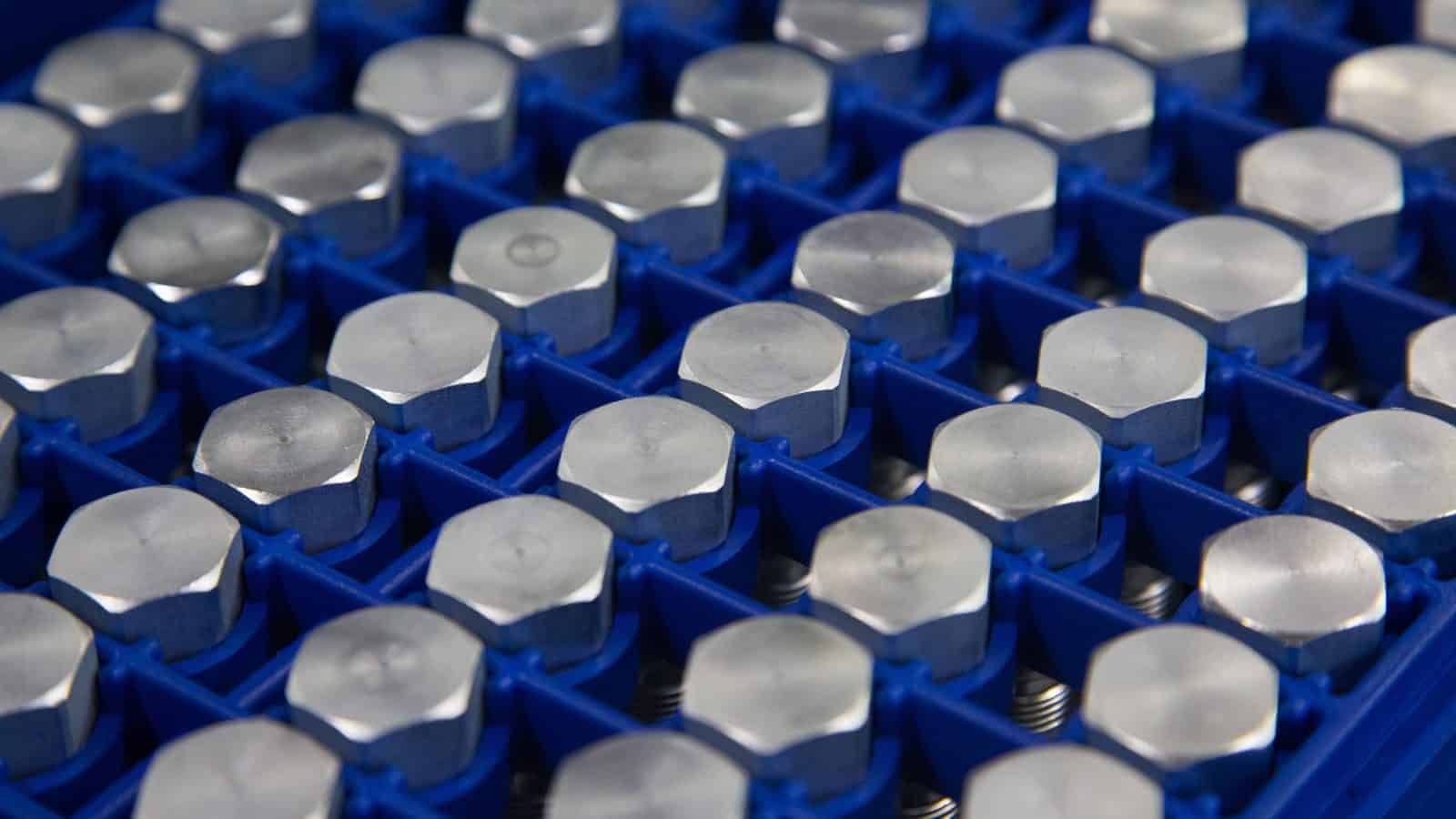Trump Administration Modifies Tariff Exceptions

On Friday night, President Trump issued an executive order that amends the list of products exempted from International Emergency Economic Powers Act reciprocal tariffs. In effect, this EO significantly changes the procedures for updates to IEEPA reciprocal tariffs and Section 232 tariffs. These changes went into effect on Monday.
Changes to April 2 EO: This EO amends Annex II of the April 2 IEEPA reciprocal tariff EO. It contained a list of Harmonized Tariff Schedule codes that are exempt from IEEPA reciprocal tariffs but contained many items likely to become subject to Section 232 tariffs as they were part of the scope of pending investigations.
- Exemptions added: Forty HTS codes have been added to Annex II, exempting them from the IEEPA reciprocal tariffs. They include certain critical minerals such as nickel, tin and thorium ores, chemicals, permanent magnets and LEDs.
- Exemptions taken away: Eight HTS codes have been removed from Annex II, making them newly subject to the IEEPA reciprocal tariffs. They include certain aluminum hydroxide, crystals, resins, PET and silicones.
Zero-for-zero: The NAM has long advocated for the administration to negotiate new market access for U.S. industrial exports on a reciprocal basis.
- Friday’s EO establishes a new “Potential Tariff Adjustments for Aligned Partners” Annex.
- The PTAAP Annex lists products for which the president “may be willing to provide a zero percent reciprocal tariff” to countries that have concluded final “Framework Agreements” with the United States.
Potential reductions: While the EO does not implement tariff reductions, it does provide guidelines for eligibility.
- Products eligible for tariff reductions include those that cannot be grown, mined or naturally produced in the United States or grown, mined or naturally produced in sufficient quantities in the United States to satisfy domestic demand.
- Also eligible are certain agricultural products, aircraft and aircraft parts and non-patented articles for use in pharmaceutical applications.
Getting to zero: The president stipulates that “except in rare circumstances” trading partners won’t get a zero tariff or a 232 tariff preference “before the conclusion of a final trade and security agreement (‘final agreement’) with the U.S.”
- However, the EO goes on to refer to the EU Framework Agreement as sufficient to modify U.S. tariffs.
- The EO states that “the imports that might receive a reciprocal tariff rate of zero percent may be different for each final agreement between a foreign trading partner and the United States.”
- Importantly, the zero-duty treatment can apply to both IEEPA reciprocal tariffs and to Section 232 national security tariffs.
